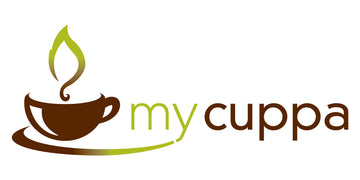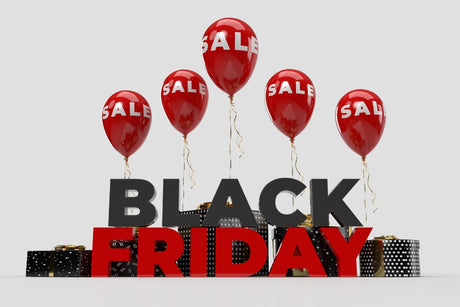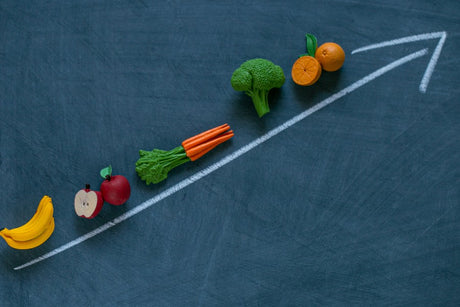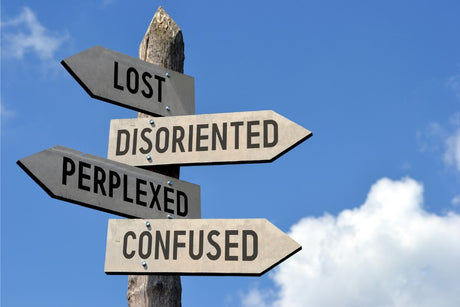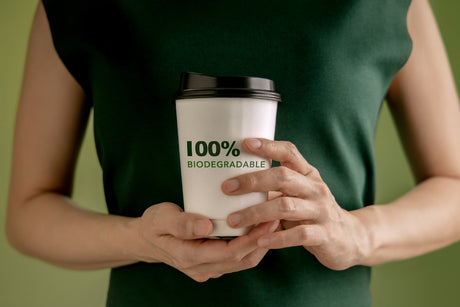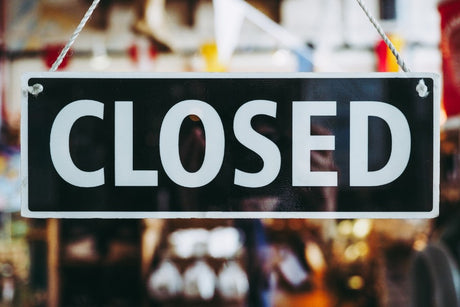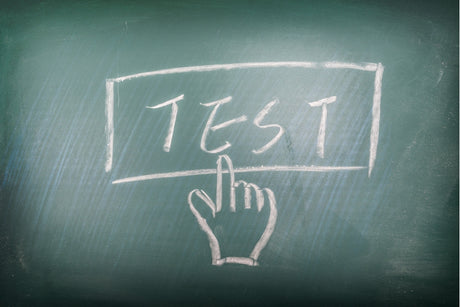Since we introduced our monthly Secret Label program in July 2018, it's grown to be a significant and critical part of our operation.
This wildly successful program commands the majority share of our attention - not a day passes without thinking, roasting, sourcing, testing or debating what is going to be next in the series, or in fact how far can it go without hitting a wall.
Ironically, the coffee is also roasted every day, such is the high demand for this well-regarded offering - at times it races out the door so fast we can barely keep up.
And when we are running late each month in releasing the new offering, customers are asking "where is this month's Secret Label, I can't find it ?".
The best parts of our Secret Label program is hearing the positive feedback. We love how it creates memorable moments for our customers and whilst we are often asked for "more" of a previous Secret Label, unfortunately the ingredients to produce that "winner" are all gone.
So, in this article, we’d like to share some insights as to how we approach the "design" of each Secret Label.
It's no surprise that it’s incredibly hard to create a coffee that is both distinctive and universally enjoyable as literally everything in coffee has been already done before, many times over, if not by us then by plenty of others - marketing blowhards would like to convince you otherwise, but it's a simple truth as coffee has been around for hundreds of years.
A basic rule of thumb is that when you push too far in one direction trying to make a coffee unique, it also comes at a pretty high cost of limiting or narrowing your target audience, e.g. the type and number of persons that will enjoy the result reduces considerably.
As an example, whenever we have featured high scoring and expensive naturally processed coffees with abundant fruity notes outside of the Secret Label program, we may get mixed feedback from our clients unaccustomed to tasting high levels of fruit in the cup.
In other words, if you are used to drinking coffee with a chocolate note and are then confronted with jasmine, grapefruit and tropical pineapple, it's obviously going to come as a shock to your palate, especially in milk.
Fruit in a coffee has always been a desirable attribute.
Surprisingly, it also adds considerably to the cost and the quality ranking almost proportionally - so the higher the fruit, the more expensive the coffee.
The vast majority of people working on the sourcing side of the coffee fence get terribly excited by fruit in the cup, but if you stand back with a macro view it's largely self-interest as the fruit-driven admirers are not really thinking about the people drinking the end product ?
Kind of reminds me of some cafe owners we used to supply years ago demanding really light roasted, fruit bombs to serve in their cafes......totally oblivious to their customer base that silently craved rich, smooth chocolate notes in their takeaway brews.
So when the average coffee drinker is less enthusiastic about fruit and prefers those deep chocolate notes, you have to question the merit of paying such high premiums for fruity lots when it's not entirely accepted on the consumption side and maybe 10% of the customers are fruity enthusiasts.
The enduring theme of Secret Label has always been to carry some degree of chocolate or toffee or caramel into the cup – basically the core. It's not about being scared, but without at least one of these “core” attributes there is a clear and present risk of alienating our customers and Secret Label potentially suffering a crash and burn.
At times, we amplify one or more of the core notes to enhance the cup and give greater presence. It's only every now and again that we introduce extra fruit to carefully prod the boundaries of what's accepted (or tolerated). This month is one of those "let's push it a bit" fruit months.
Unfortunately, in this game you will never know to any extent if you have jumped the "fruit" shark and created a failure.
Despite selling more a thousand packs of Secret Label each month, the feedback is from barely a handful of customers so it's certainly insufficient data from which to base radical decisions upon.
Even if you used a metric like how many packs are sold, it's not going to intelligently inform you of a Secret Label's success as it's possible the reasons customers may have bough this month is due to last month's being so good - they buy it because they are happy or hopeful, or it’s when they run out.
So you can see it's really quite difficult to build a matrix of what works and what doesn't without having a voting system that is used by a quorum of drinkers.
When scouting for lots to use in Secret Label, we are more specific about the attributes and often it's a few months ahead before we actually use or implement the coffees.
As an example, in May I'm thinking about June, July and August Secret Labels already - what can I use, how will it play out and whether this lot or that lot makes sense, or not.
Against the backdrop of what has been done before and ensuring we don't get stuck in a loop, there are also the ongoing shortages of specific coffees to juggle, so this factor also plays a role in influencing decisions.
Behind the scenes there's a lot of in/out criteria applied to screening our coffees. What might not make the cut this month may work with entirely different set of coffees next month, so it's important to keep an open mind at all times.
Early in the Secret Label program we often used a single origin that we thought was a standout and spectacular.
But it became evident, or perhaps we assumed, that single origins were more divisive than blends, or that previous biases might interfere with decisions, so you will have noticed for the last 2 years that Secret Label has been exclusively blends.
Personally, I think the restriction of using blends is a bit of shame because there are some amazing coffee lots out there deserving of being showcased without blending, but again we must play to our audience - if it's working well, don't break it !.
Blending coffees is never easy. You can't just throw things together and hope for the best.
Blending coffee originated from a time when coffees were very hard to source and often the qualities were significantly lower than what we expect today so the concept of the "blend" was to compensate for ups and downs, ins and outs in the lifecycle of raw coffee availability and qualities.
Those were also the days when people believed all coffees must taste the same, all year round so everything was done a certain way.
The rigid ways of the past may still be present today by some companies.
Marketers put a positive spin on coffee blending by promoting the idea that blends take the "best of" each ingredient and subsequently "add up" to a far better result than is possible if any of the components were used on their own, e.g. the sum is greater than any individual parts.
However, with coffee it's never that simple and I'm sure the marketing folks would never let you hear that message.
Blending is bloody difficult. It's a lot of misses before a hit and then it's likely that hit may still never be what you wanted it to be in the first place or the theories don’t manifest in practice.
Often blending causes a negative reaction when the acids from different coffees react to "cancel" each other out.
Rarely does a blend fulfill the original designer's promise or expectations. When it does, it's just magic and if I look back over the last 6 months the standout for me personally was March 2021's Secret Label - a coffee that was balanced to perfection.
For someone else, they may pick an entirely different month as their favourite, such is the way coffees appeal in various ways.
